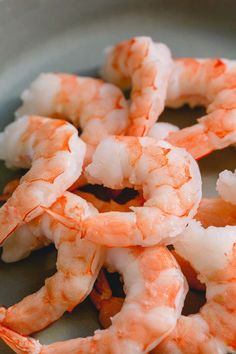4 Ways to Catch Shrimp

Shrimping has been a popular activity around the world for many generations. Shrimp are not only scrumptious on the table but also present an enjoyable challenge to catch. Whether you are an ardent shrimp fan or a beginner looking to try something new, this article will guide you through four ways to catch shrimp.
1. Cast Netting
Cast netting is a traditional and widely used method for catching shrimp. The technique involves throwing a circular net with weights around the perimeter into the water where shrimp are known to inhabit. As the net sinks, it forms a bowl shape that traps any shrimp below it. To retrieve the net, simply pull the attached rope, which causes the weights to come together and trap the shrimp inside. This approach requires practice and precision, but it offers a rewarding experience once mastered.
2. Seine Netting
Seine netting is another effective approach for catching shrimp in shallow waters. This method employs a long net with weights at the bottom and floats along the top edge. As you walk along the shoreline or wade through shallow waters, drag the weighted edge of your seine along the seabed, trapping any shrimp that cross its path. Once full, carefully lift one side of the net so that all of the captured shrimp bunch together on one end and transfer them into a bucket or container.
3. Dip Netting
Dip netting is perfect for those who prefer a more hands-on method compared to using cast or seine nets. Using a long-handled net specifically designed for shrimping, submerge it near rocks or other structures where shrimp are likely hiding during low tide or nighttime hours. Carefully lift rocks and nudge structures while holding your net nearby to catch any escaping shrimp.
4. Trapping
Trapping is great if you have access to a boat or prefer to let the shrimp come to you. Construct a baited trap with small openings allowing the shrimp to enter but not depart. Other commercial shrimp traps are available on the market if you prefer to purchase a ready-made model. Place your trap in an area known for shrimp populations, and leave it for several hours or overnight. Check your trap periodically and collect the captured shrimp.
In conclusion, catching shrimp can be an exciting and delicious pursuit, regardless of your preferred method. Keep in mind that various factors like water temperature, depth, and tides can influence shrimp activity. Before embarking on your shrimping adventure, always research local regulations and restrictions, as well as the specific habits of the shrimp species in your area. Mastering these four methods will provide both joyful memories and some mouthwatering delicacies to savor. Happy shrimping!






